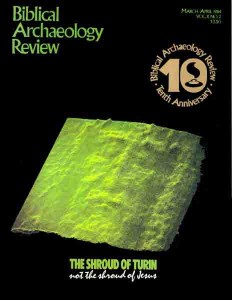The Shroud of Turin—Probably the Work of a 14th-Century Artist or Forger

As both an historian of New Testament times and a Christian believer, I can easily accept the possibility that Jesus’ burial cloth might have survived for two millennia. On the other hand, my Christian faith in no way depends on the authenticity of the Shroud of Turin. So I thought I could approach the question of the shroud’s authenticity without bias, although I confess to a certain initial skepticism.
Now, after reading four books on the shroud and numerous other recent publications about it, most by people who started skeptically as I did and have since come to believe, I am more doubtful than ever that the Shroud of Turin is the burial cloth of Jesus Christ. I suspect that the shroud is either a deliberate forgery or, more innocently, the product of a later devotional art; I say this despite the fact that many questions about the shroud, including the technique by which the image was imposed on it, remain unsolved.
The cloth itself is a strip of linen 14.25 feet long and 3.58 wide. The linen is woven in a fine, durable, three-to-one herringbone twill. At some undetermined date a matching strip of linen 3.5 inches wide was attached along one of the long sides of the cloth.
Already a library member? Log in here.
Institution user? Log in with your IP address.

